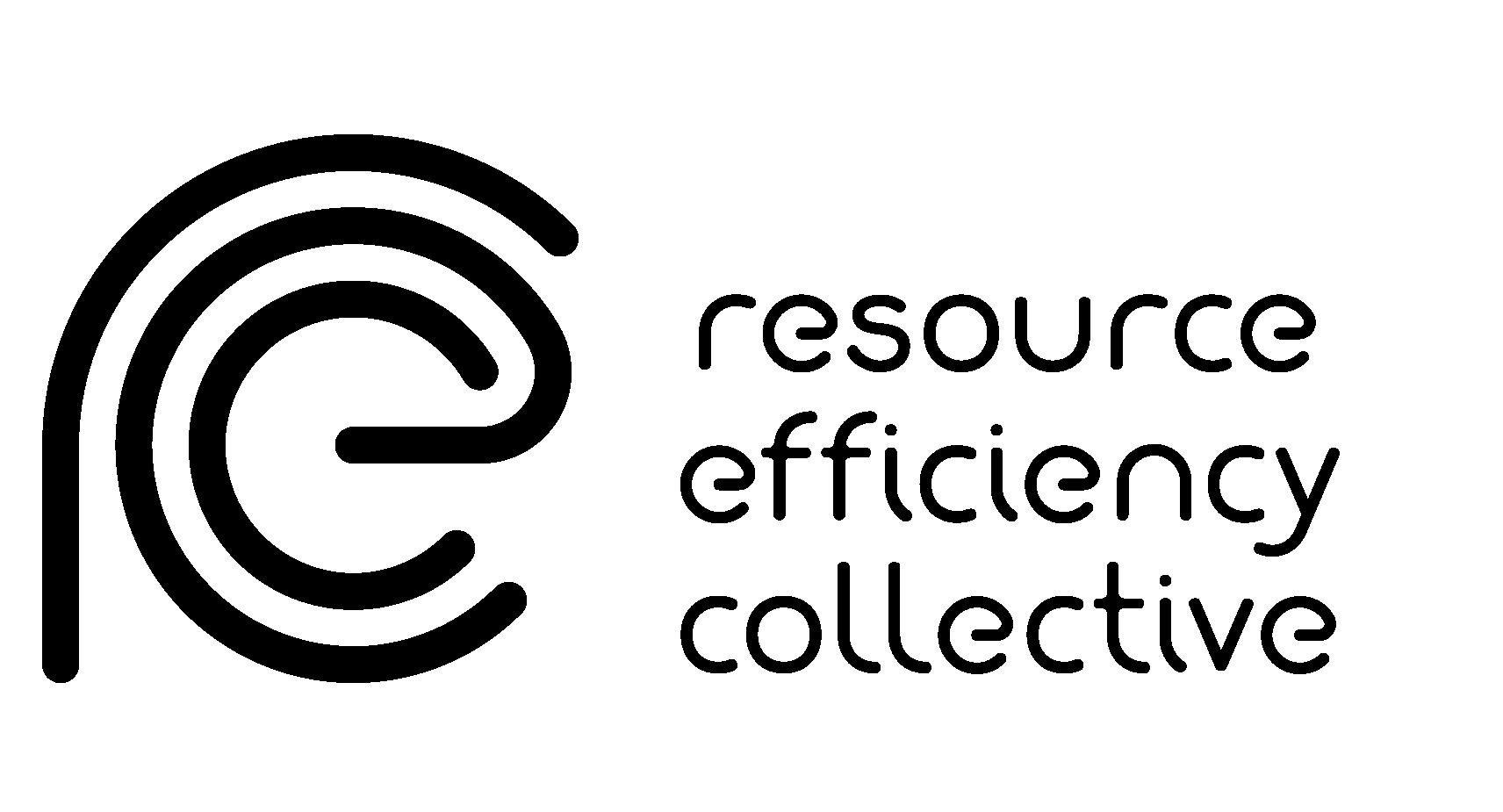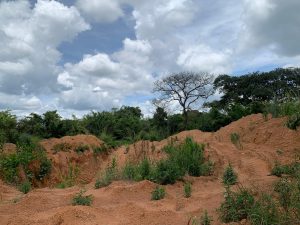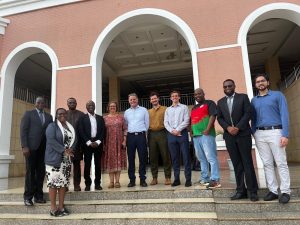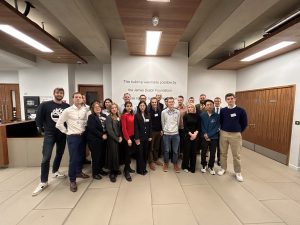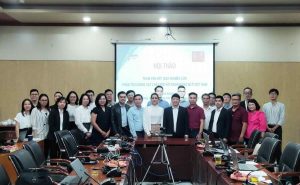- Home
- About Us
- News
- People
- Projects
- Publications
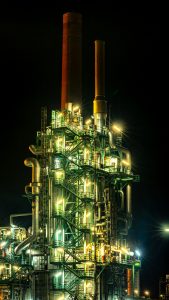
A robust framework for estimating theoretical minimum energy requirements for industrial processes

Connected, complex, and carbonized: The country archetypes of the petrochemicals sector

Resource Efficiency as an environmental performance metric for industry: Exergetic analysis of a clinker manufacturing plant

A Spatiotemporal Environmental Sustainability Assessment Model for Deep and Large-scale Open-pit Copper Mines

Value addition for who? Challenges to local participation in downstream critical mineral ventures in Zambia
- Resources
- Contact
Mapping Pathways for Impact
the story of resource efficiency collective
Scroll to read our story
chp. 1:
From small beginnings in new Zealand
an engineer in the making

Jon (left) with his mum & brother (right) — 1978
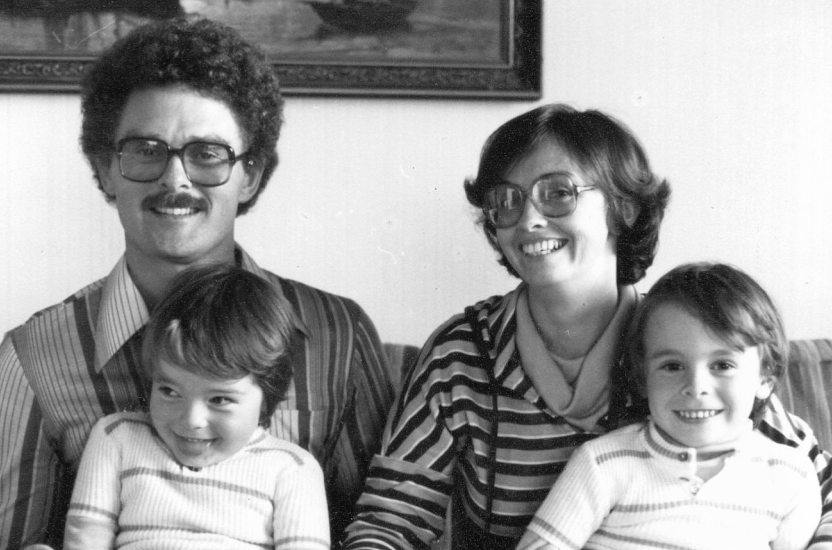
Jon with his family — 1978
A New Zealander by birth, Jonathan Cullen, spent his childhood swimming at beaches of Tauranga in the Bay of Plenty and fishing the waters of the North Island, while his winter vacations involved helping on his uncle and aunt’s farm in the Waikato. At school, Jonathan played rugby, cricket, volleyball, and basketball. Drawn to music, Jonathan drummed, played guitar and trombone, and sang in his school choir.
“I drummed in the New Zealand Rock Quest finals in Wellington, which was kind of a big deal at the time,”
he said with a look of achievement when I interviewed him for this piece. Now known to most as Professor of Sustainable Engineering at the University of Cambridge, group leader for Resource Efficiency Collective, and a world-leading expert on industrial sustainability, Jonathan’s journey to academic life was unexpected and untraditional.
Jonathan’s top grade for A levels (equivalent) was in history, but he chose to study engineering because “[he] thought [he’d] be able to get a job, and didn’t fancy being a history teacher!” So in 1993, after secondary school, Jonathan travelled down to Christchurch in the South Island to study Chemical and Process Engineering at the University of Canterbury. At that time, engineering pedagogy focused on atomistic thinking and unimodal learning, and as a holistic thinker and someone who “learns differently”, Jonathan didn’t particularly enjoy the learning. Despite his lacklustre experience, he still managed to achieve first class honours and the DowElanco Bursary in Chemical Engineering. After graduating, Jonathan declined a consulting job and decided against working for an oil company, because of events in the Niger Delta region of Nigeria which tainted his perception of the petrochemical industry. He went hitchhiking around the South Island instead.

Bay of plenty, New Zealand’s North Island
The 1990s are remembered for the launch of Google, the grunge movement in music and fashion, and the release of iconic movies like the Titanic and Forrest Gump. In the world of climate activism, the ‘90’s are known for the violent tensions between the Ogoni people and the Nigerian military acting on behalf of the oil giant Shell. Alleged murder, rape, torture, and burned villages were some of the ways the Nigerian military responded to protests about the pollution and human rights abuses that oil extraction had brought to the Niger Delta. Oil crimes and corruption are one part of a larger story about climate change.
Since the late 1800s, human activities, primarily the release of greenhouse gas emissions through the burning of oil, coal, and natural gas for electricity and heat, have resulted in warming the earth’s climate by 1C. With population growth and increased emissions, the earth’s temperature continues to rise. The changing temperature is significant because it affects everyone: the frequency and severity of natural disasters increase, changing climatic patterns impact agriculture, water availability, and food production through unseasonal droughts and floods, and rising sea levels threaten coastal populations. All these natural events have knock-on effects on human health, geopolitical stability, resource-related conflicts, as well as climate migration and displacement. The Intergovernmental Panel on Climate Change (IPCC) states that key to addressing these impacts is reducing carbon dioxide emissions, which are intimately linked to the burning of fossil fuels. Emissions reduction is at the heart of Jonathan’s work and that of Resource Efficiency Collective.
Jonathan loves the great outdoors and sees much to be concerned about the environmental impact of human activities, but his research is primarily driven and motivated by a care for people:
“I care about climate change because I really care about the people affected, especially the climate refugees in the Global South.”
Climate refugees are people who are displaced due to natural disasters, shoreline erosion, coastal flooding, drought, famine, and the like as a result of climate change. There is a strong link between climate change and the global refugee crisis; in developing countries the impoverished suffer the most consequences from environmental damage, and without the financial buffer to respond, they tend to migrate in search of a better life. The United Nations Refugee Agency estimated that in 2022 there were 32.6 million people internally displaced due to climate related events. Internal displacement continues to rise; by 2050 the World Bank estimates that 216 million people will be internally displaced due to impacts of climate change.
In the 1990’s, Jonathan was aware of climate change, but it was not yet the focus of his work and research; only ten years and two continents later would he make the connection. In 1996, he took a process engineering job at Balance Agri-Nutrient and worked as a consultant for MAS Design. During these 5 years there, he worked on a variety of environmental projects, such as scrubbing pollutant gases and treating wastewater before it went to the harbour, and engineering design projects, including pipework layouts for the dairy industry.
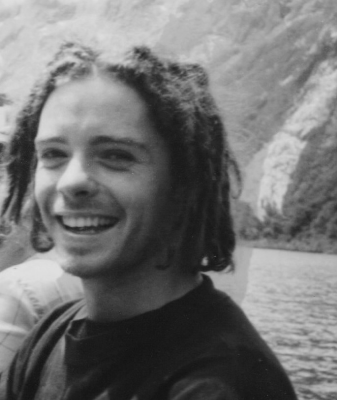
Jon - 1995
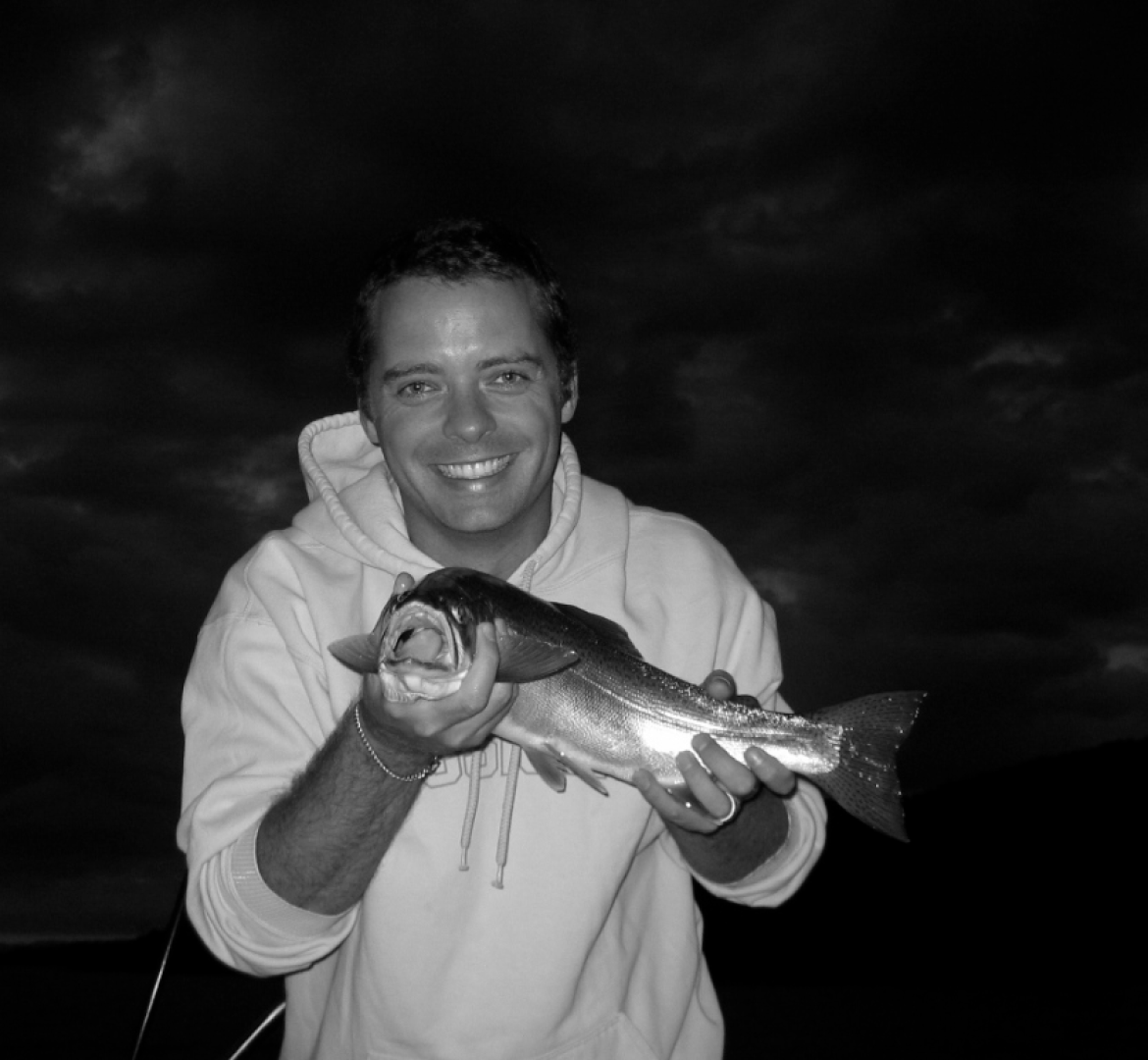
Jon - 2005
Find out more
To read more about climate refugees click here and here, and for more data on internal displacement see the Immigration Data Portal and the Internal Displacement Monitoring Centre.
chp. 2:
from peru to cambridge
a bridge to sustainable development
In lieu of wedding gifts, Jonathan and his wife Maria used the money they received from friends and family to buy a one way ticket to Bolivia in 2002. After an 11,255 km journey across the Southern Ocean, they arrived in the highland country of the ancient Tiwanaku empire with all of two hours of Spanish lessons. The couple travelled around Bolivia, Peru, and Guatemala for the next three months visiting friends and children they supported financially through an NGO (and picking up some “gringo” Spanish along the way).
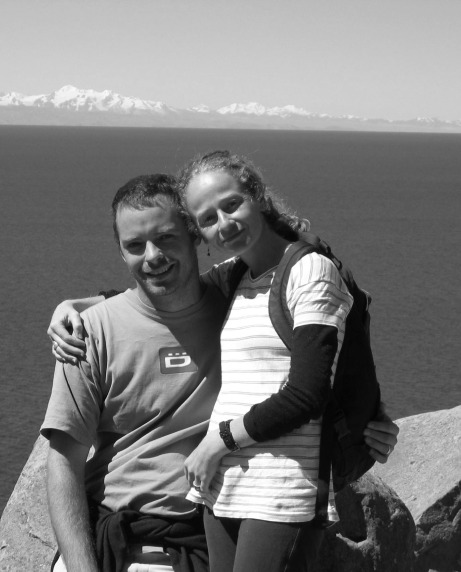
Jon and Maria at Lake Titicaca, Bolivia — 2001
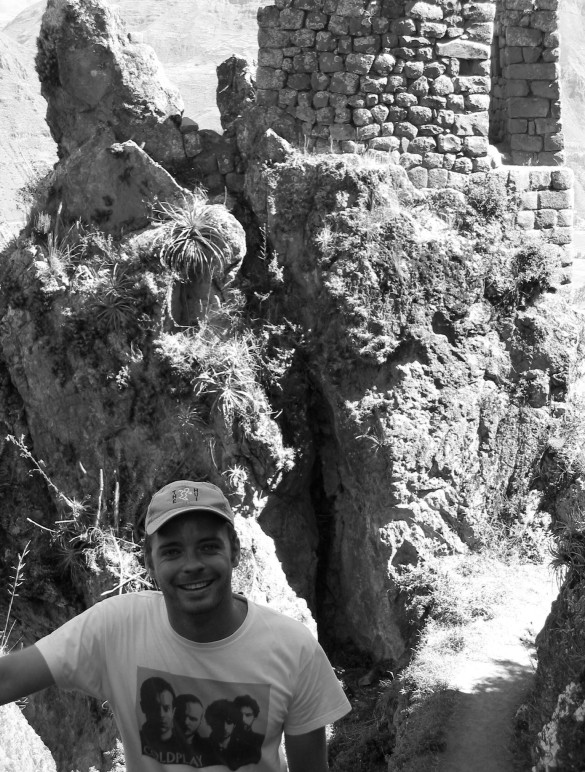
Jon at Machu Picchu — 2002
The Cullens settled in Peru, where Maria taught at an international school, Colegio Markham, and Jonathan began his vision of working to help people in low-income countries like Peru. In addition to improving his Spanish and restoring a 1963 Morris Oxford car, Jonathan spent his time as a project manager for Glidepath, designing and installing baggage handling and x-ray equipment at the Lima and Santiago international airports in the region. He also worked as a technical adviser for ITDG and the Universidad Nacional Agraria La Molina in Lima on a project aiming to make biodiesel energy from used cooking oil and seeds in isolated jungle communities.

Jon playing guitar — 2004
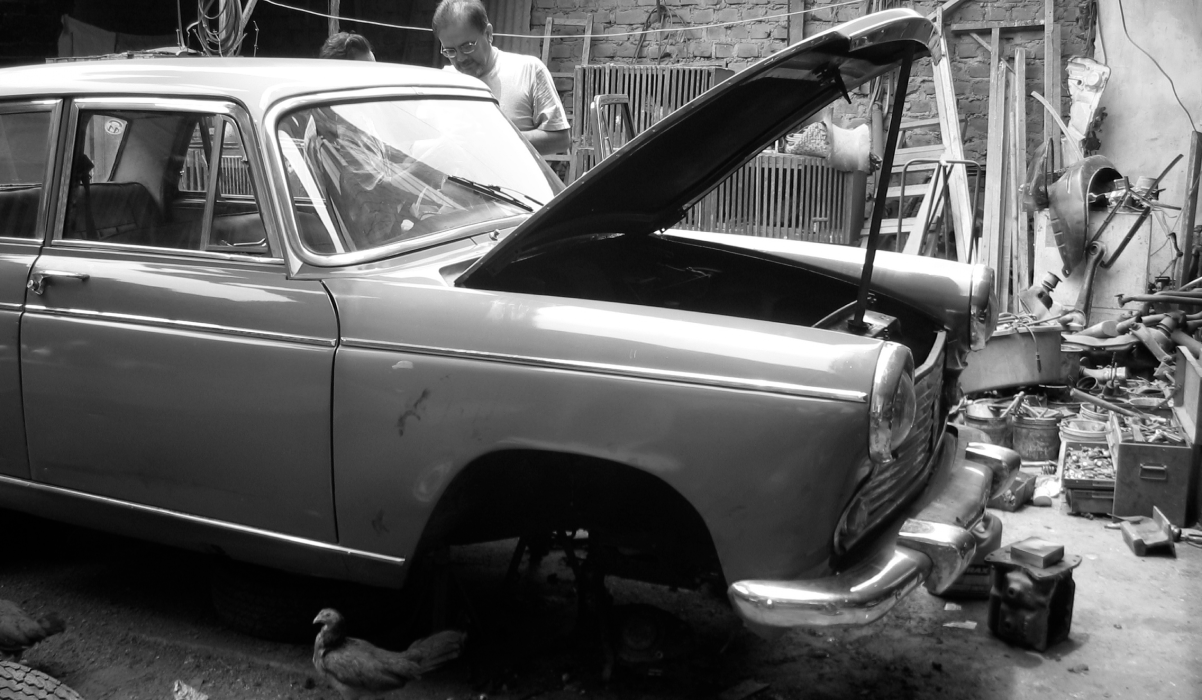
Jon’s 1963 Morris Oxford in Peru — 2004
While travelling through Ecuador in 2004 with Maria, Jonathan reflected on the last four years: he had volunteered in development aid, but he wasn’t using his engineering degree as much as he could be. He itched for a change.
“I found an internet cafe in a small village called Vilcabamba,”
he said,
“and I typed ‘engineering and sustainable development’ in the search engine”.
Rumoured to be the sacred valley of longevity for its reportedly high proportion of centenarians, Vilcabambe was the last refuge of the Incan Empire before Spanish defeat and holds an air of mystical intrigue. While the truth about the age of the residents seems to be disputed and may be the result of age exaggeration, it was in this village that Jonathan found a University of Cambridge webpage about an MPhil in Engineering and Sustainable Development. It proved to be a search that would change his life.
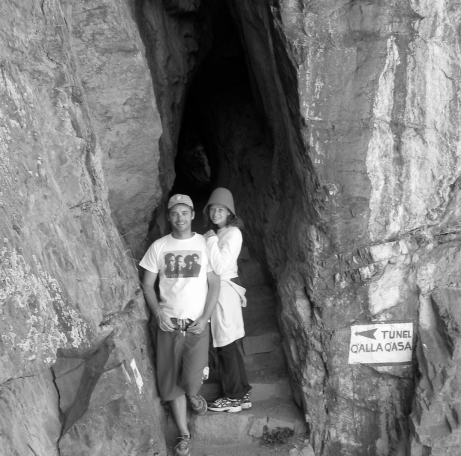
Jon and Maria in Lima — 2001
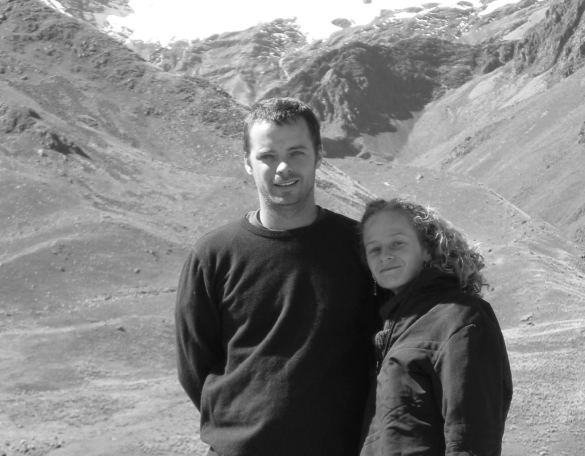
Jon and Maria at the Cusco-Arequipa mountain pass — 2001
The University of Cambridge MPhil in Engineering for Sustainable Development is a one year taught masters programme, set up in 2002. It teaches engineers with work experience how to build on their technical expertise and focus on the global challenge of sustainable development from a systems thinking perspective.
After five years in Peru, it turned out that Jonathan’s idealistic notion that he would go to South America to help people was reversed: he realised that he was the one changed in the process. In 2005, Jonathan and Maria packed their bags and travelled to the East Anglian Fen country to set up their new life, with a newborn, in a Clare Hall family flat overlooking the Cambridge University rugby grounds. Jonathan’s MPhil days were long, but the year passed quickly.
“I worked hard and didn’t socialise much, but I enjoyed the course. It was completely different from my undergraduate engineering degree, much more holistic.”
Professors Peter Guthrie and Richard Fenner inspired Jonathan as he began to think about sustainability in the broader terms of the environmental, social, and economic aspects. The MPhil allowed students to become aware of the philosophical and cultural traditions surrounding sustainability and to think about how engineering can be applied within the broader global development context. In contrast to the atomist and unimodal teaching of his undergraduate, Jonathan revelled in the chance to write essays, conduct projects in groups, explore new ideas from different disciplines and learn about sustainable development; he discovered new important growth areas, beyond just wading through the marshes of mathematical details.
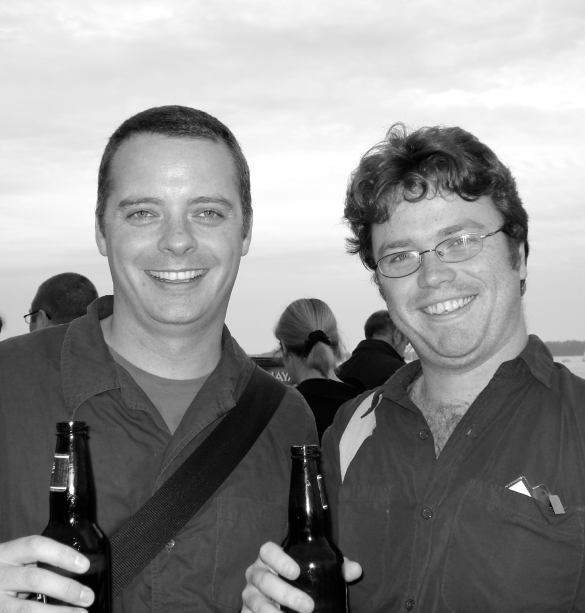
Jon with Dai Morgan, current course director of the MPhil in Engineering for Sustainable Development in Toronto — 2007

Photo of the River Cam from the Garret Hostel Bridge
Initially, Jonathan and Maria only planned to stay in Cambridge for the MPhil year and then return to aid work in South America. When few non-profit aid jobs arose, which were suitable for a young family, Jonathan decided to accept a PhD under Professor Julian Allwood. What was initially a move to Cambridge for a one year MPhil, turned into nearly 20 years and included a PhD and Professorship.
chp. 3:
into the academy
The Call to research
After a post-MPhil summer break, Jonathan was ready to begin his PhD with Professor Allwood, having received the Overseas Research Studentship, the CT Taylor Award, and the Cambridge Commonwealth Trust award to fund his graduate work. Nearly a decade after his undergraduate engineering degree, he connected his engineering expertise and development experience with climate change. Jonathan was motivated by the significant human element of climate change, such as displacement and climate related migration, and realised that there was a pressing need for action. He decided to dedicate his career to working on mitigating climate change and the resulting human impacts.
“I arrived on the first day of my PhD and the project had changed,” remarked Jonathan.
“Instead of working on how to remove ink from paper, my supervisor Professor Julian Allwood proposed I work on ‘what really makes a difference’ in the context of climate change?”
At the time, numerous researchers and companies claimed that their particular technology could mitigate the impacts of the climate crisis, but Julian and Jonathan were more interested in what actions could be scaled up to make a real difference. Jonathan would spend the next 2 years and 11 months trying to answer that question.
Now a postgraduate student at Fitzwilliam College, Jonathan started the long and tedious work of mapping energy systems to determine effective solutions for climate change at scale. He began thinking about energy systems and how energy flows through society. It wasn’t until he saw research from the Lawrence Berkeley National Lab on America’s energy flows that he was introduced to Sankey diagrams. Sankey diagrams provide a visual representation of value flows in a system at an operational or global supply chain level. Presently considered the “visual language of industrial ecology”, one of the first maps resembling Sankey diagrams was Charles Joseph Minard’s figurative map of the successive losses of men in Napoleon’s army during the Russian campaign o f 1812-1813.
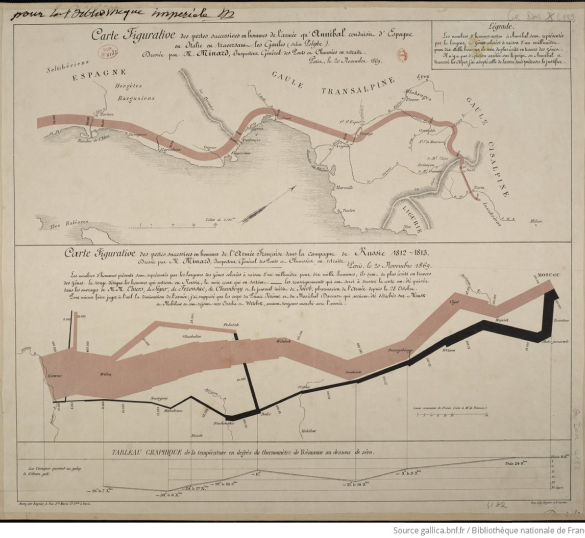
Carte figurative des pertes successives en hommes de l'armée française dans la Campagne de Russie 1812-13 (comparées à celle d'Hannibal durant la 2èmee Guerre Punique)). Source: gallica.bnf.fr (Minard, Charles-Joseph, 1869) at https://gallica.bnf.fr/ark:/12148/btv1b52504201x#
In the late 19th century, the Irishman Captain Riall Sankey (1853-1925) developed energy flow diagrams with the aim of improving the energy efficiency of steam engines. His diagrams, later named after him, were first published in 1898, and his idea served as the basis for the Sankey diagrams used by Jonathan. Within a decade after Sankey’s 1898 publication, his style of diagram was used internationally; by the 1920s and 1930s, energy flow diagrams were used extensively by the German steel industry to improve the efficiency of iron ore production resulting from the lack of fuel and raw material after WWI. Since the 1930s, Sankey diagrams have been used to map a variety of energy, material, and cost flows. For examples of interesting Sankey diagrams click here.
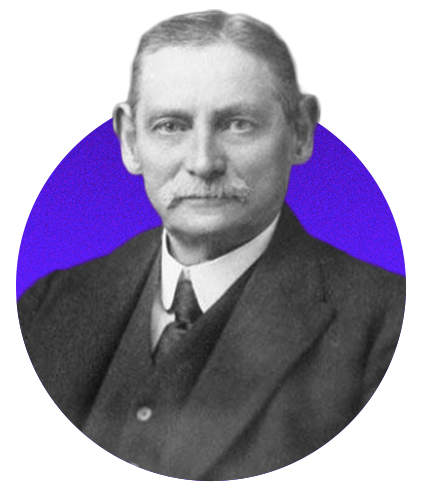
Captain Riall Sankey (1853 – 1925)
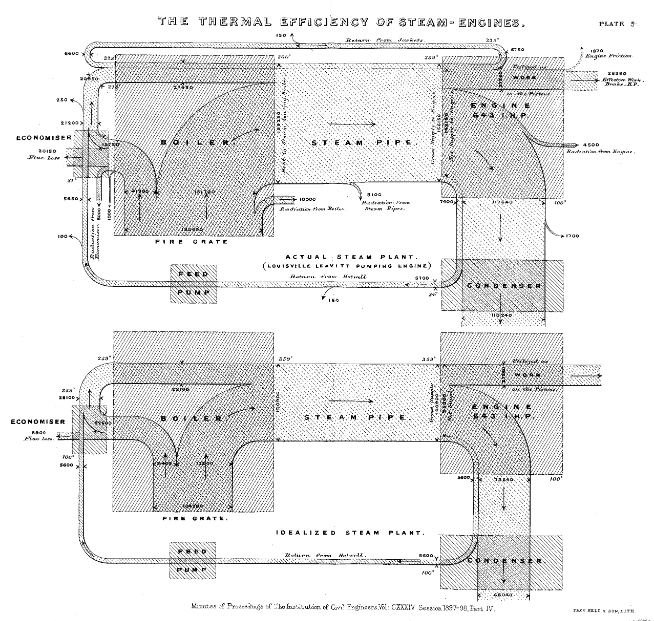
THERMAL EFFICIENCY OF STEAM TRAINS, RIALL SANKEY
In his PhD, Jonathan made a few different Sankeys. He considered engineering devices that converted energy (e.g. engines, motors, burners) and the passive systems where energy is lost in exchange for a service (e.g. vehicles, buildings, etc). By focusing on the efficiency of these systems, Jonathan mapped global energy use from energy sources to energy services. Jonathan’s Sankey diagrams were picked up by Sir David King, the Chief Scientific Advisor to the UK Government and Head of the Government Office of Science at the time. In fact, Jonathan has created so many Sankey diagrams over his career, he is sometimes credited with the re-emergence and current popularity of the visual communication form. To read more about Jonathan’s energy flow Sankey published in 2010 in Energy Policy click here.
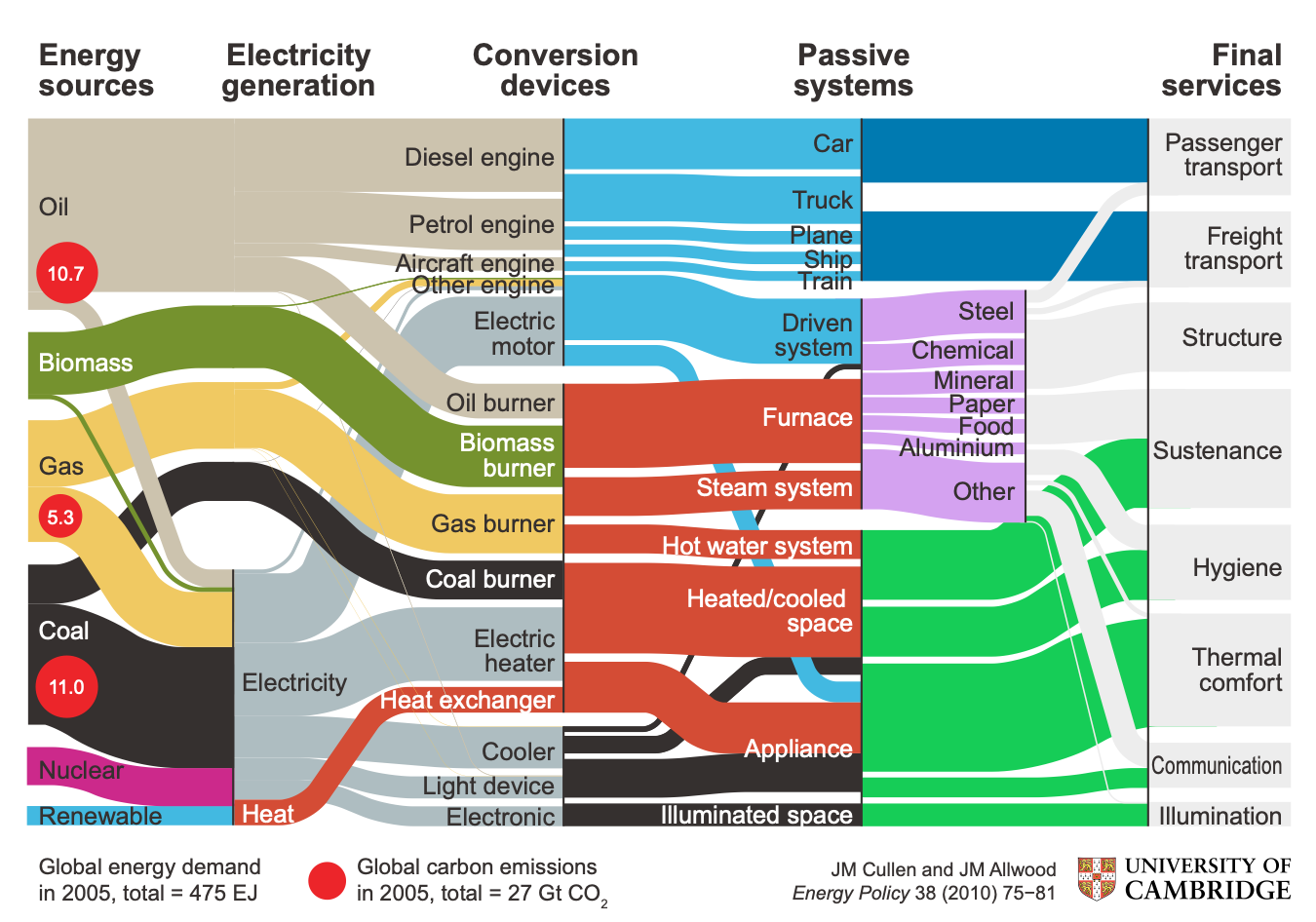
Global Energy Flows Sankey, JM Cullen and JM Allwood Energy Policy 38 (2010) 75 – 81
After graduating with his PhD in 2009, Jonathan began working as a Research Associate with Julian Allwood on WellMet 2050; a five-year project which aimed to identify emission reduction opportunities for the steel and aluminium sector. Jonathan worked on mapping steel and aluminium flows (more Sankeys) and co-wrote the book Sustainable Materials: With Both Eyes Open with Julian Allwood, and six PhD students. “With Both Eyes Open was a pioneer in the energy efficiency space,” remarked Jonathan.
“We’d discovered that if you can use materials more efficiently, this would save energy and reduce carbon emissions.”
They called this idea “material efficiency”, and this idea came to underpin the later ideas of resource efficiency and the circular economy. The book was inspired by the new thinking in Cambridge on how to prioritise actions that would make a difference. In particular, another book Sustainable Energy Without the Hot Air written at the same time by Professor Sir David Mackay.
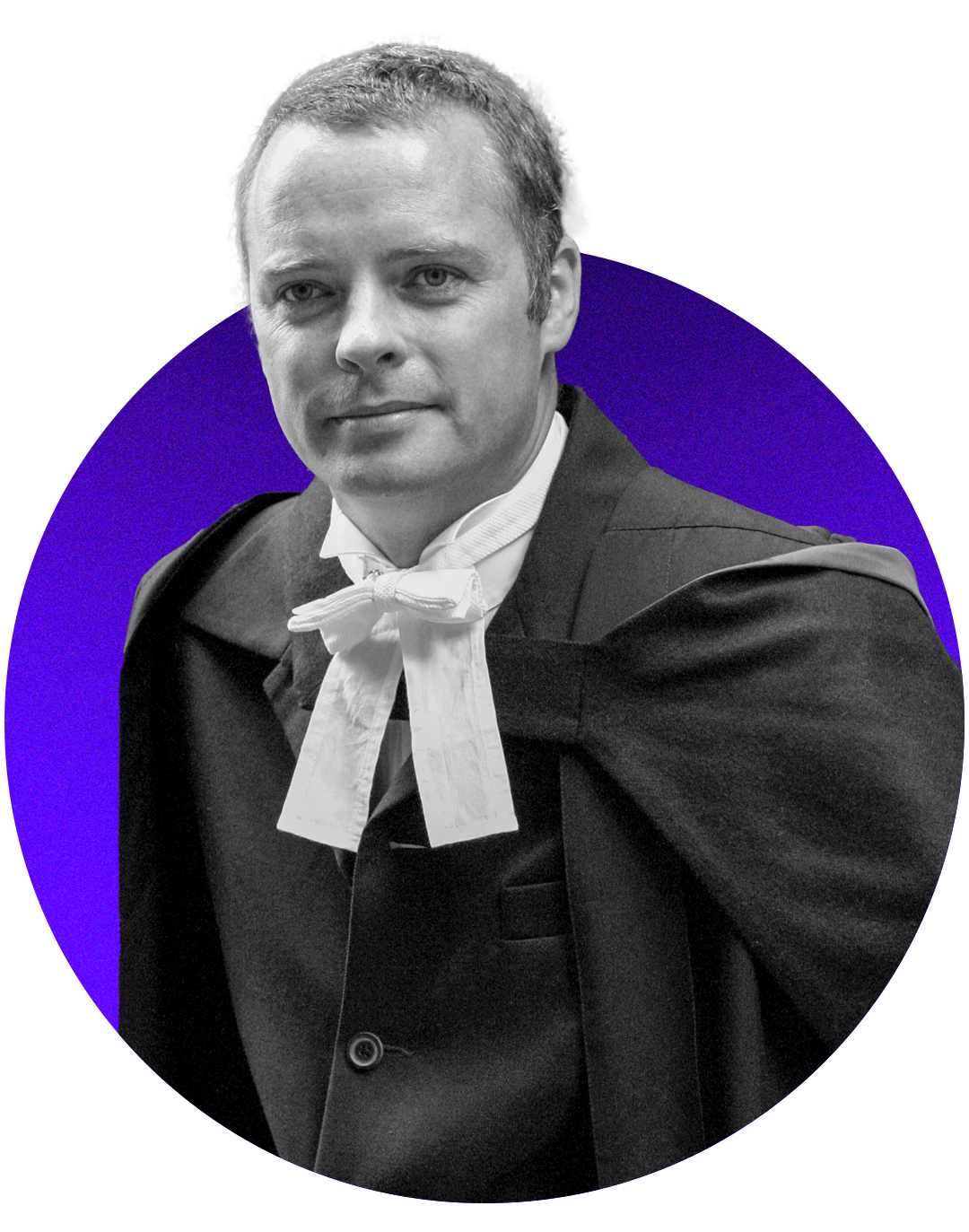
Jon at his PhD graduation in 2009
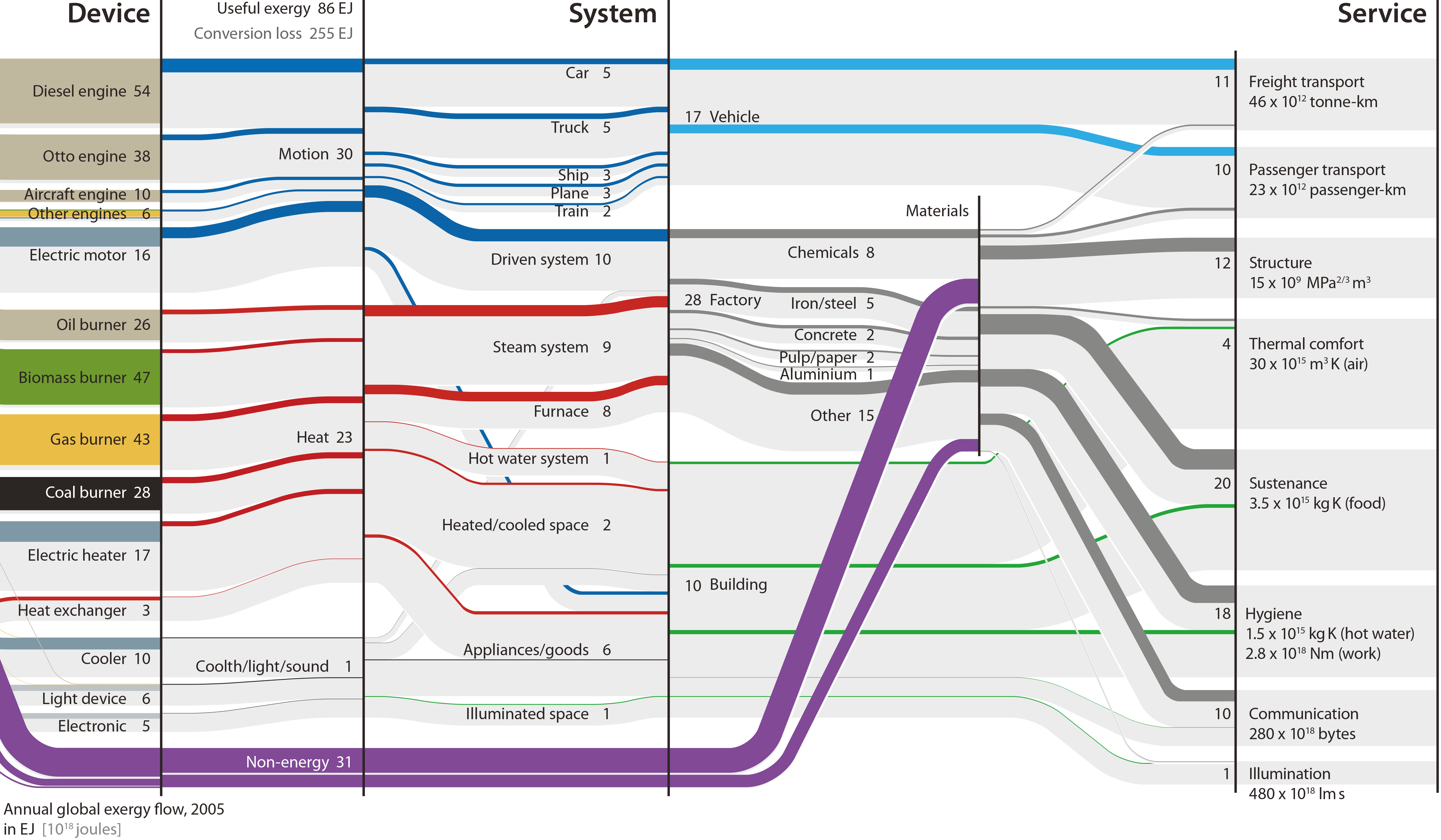
Annual global exergy flow, 2005 in EJ
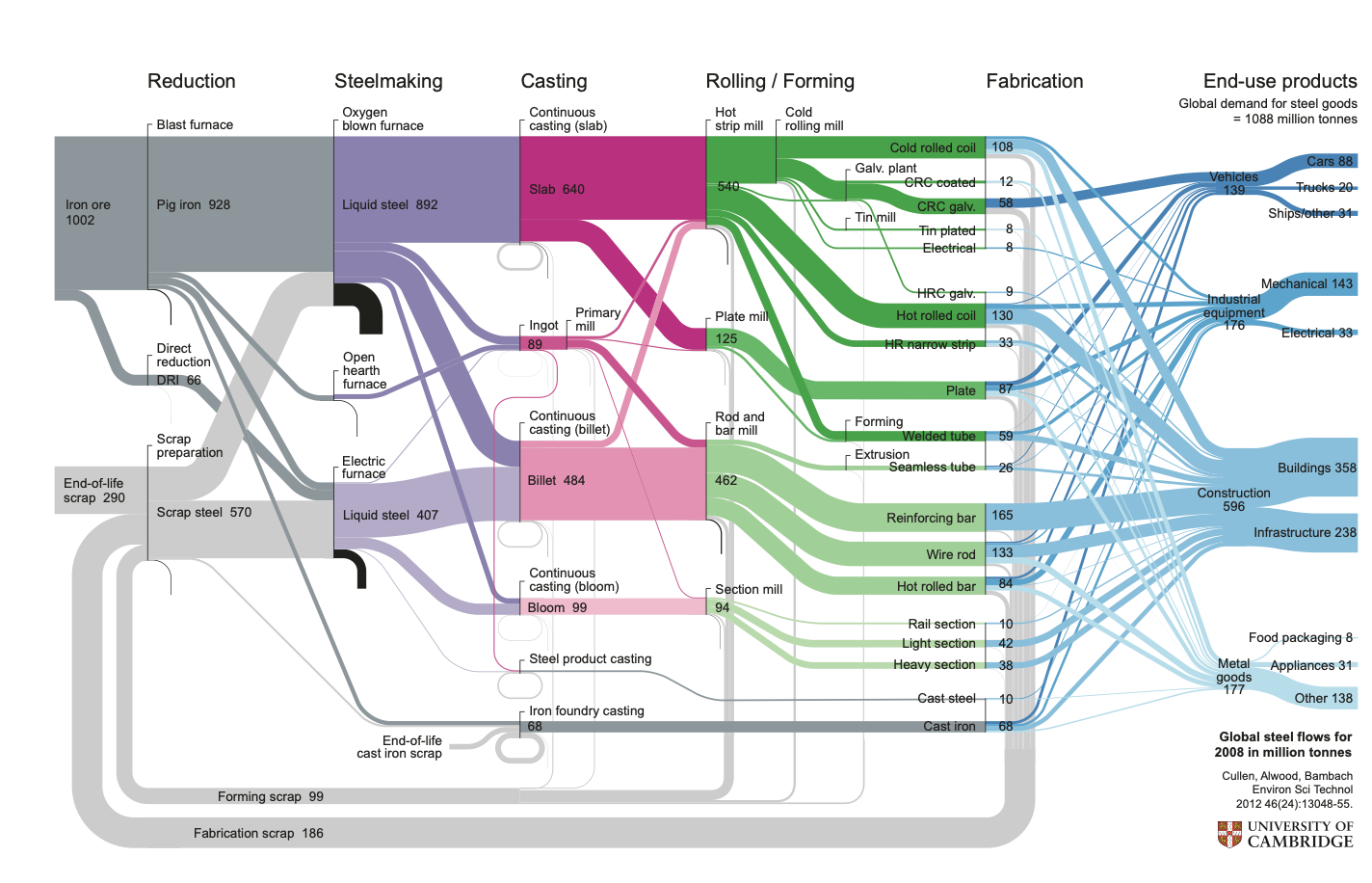
Cullen, Allwood, Bambach. (2012). "Mapping the Global Flow of Steel: From Steelmaking to End-Use Goods." Environ. Sci. Technol. 46(24): 13048-55. https://pubs-acs-org.ezp.lib.cam.ac.uk/doi/full/10.1021/es302433p
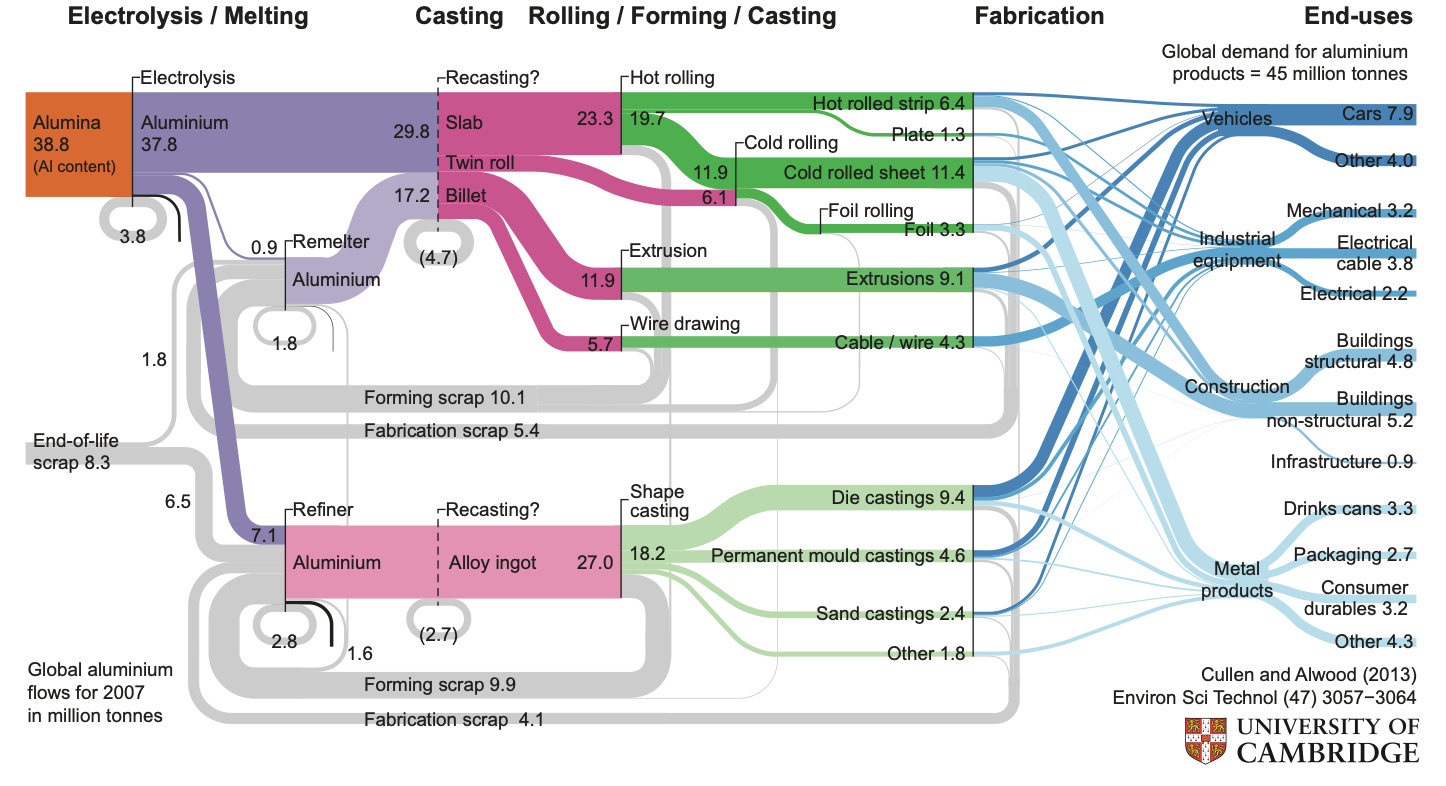
Cullen and Allwood. (2013). "Mapping the Global Flow of Aluminum: From Liquid Aluminum to End-Use Goods." Environ. Sci. Technol. (47) 3057-3064. https://pubs-acs-org.ezp.lib.cam.ac.uk/doi/full/10.1021/es304256s
Three years later, entrepreneur and business magnate Bill Gates picked up Sustainable Materials, and recommended it as one of his six best books of the year. Gates stated that,
“although the topic can be dry as a desert, the authors keep it light with lots of colourful illustrations and clever analogies without sacrificing clarity or rigour. I learned a lot from this thoughtful look at a critical topic.”
The journey from newly graduated MPhil student to PhD and Research Associate, with a published book, was not without its challenges. And Jonathan is grateful to all those who supported him along the way. Nevertheless, the period cemented Jonathan’s professional direction in resource efficiency, which would continue to play out and evolve as he stepped into the role of professor.

Bill Gates
Find out more
GOV.UK
[3] Sir David King
Find out more
The Use Less Group
[4] WellMet 2050
Find out more
University of Cambridge
[5] Professor Sir David Mackay
chp. 4:
Professor in Sustainable Engineering
An Unlikely Academic
“I didn’t like my undergrad studies,” said Jonathan, “but during my PhD and Research Associate (RA) I discovered the freedom that research allows, to pursue ideas and understand how things work.” Inspired by working with intelligent, like-minded people who investigate how to change and improve systems, Jonathan decided to make academia his career. In 2013, he became a Fellow of Fitzwilliam College and a University Lecturer in Transport, Energy, and Urban Infrastructure in the Department of Engineering at the University of Cambridge. Nearly a decade later, and 30 years after he first began his undergraduate degree in Christchurch New Zealand, Jonathan was promoted to Professor of Sustainable Engineering, in 2022.
Over the last decade as a Lecturer and Professor, Jonathan has taught courses ranging from from Design Methods, to Climate Change Mitigation, to Sustainable Materials. While he enjoys teaching, when asked what he loves most about his job, he said,
“I love collaborating with other scholars and working with PhD’s and RA’s and coming up with new ways to think about and frame problems.”
Over the years he has supervised numerous MEng, MPhil, PhD, and RA’s on a range of projects from 3D printing vinyl records to material efficiency in concrete.
As a scholar, Jonathan’s particular strength is generating impactful research ideas in a holistic way. “Being an IPCC lead author was one of the most significant pieces of work I’ve contributed to,” said Jonathan, referencing the 2019 Intergovernmental Panel of Climate Change Sixth Assessment Report’s chapter on industry. Jonathan also has a particular knack for thinking outside the box, and referenced his work on the theoretical limits of circular economy to be a paper that was personally satisfying. Jonathan’s work as the project lead for C-THRU, a project about carbon clarity in the global petrochemical supply chain, is to date the most noteworthy project he’s led. Along with researchers from Resource Efficiency Collective and other global institutions, Jonathan and the team used modelling, novel tools, and data to provide a comprehensive account of the world’s current and future emissions for the global petrochemical sector. This work is significant because it provides the basis for strategic policy and business decision making that promotes sustainability in the petrochemical sector.
Read more about C-THRU here.
As the group leader of the Resource Efficiency Collective (more on this in the next chapter), Jonathan collaborates with students and researchers globally. Mapping the global flows of chemicals from fossil fuel feedstocks to chemical products with Peter Levi is one example.
Find out more
Author, Pub. Date
Read more about the C-THRU project
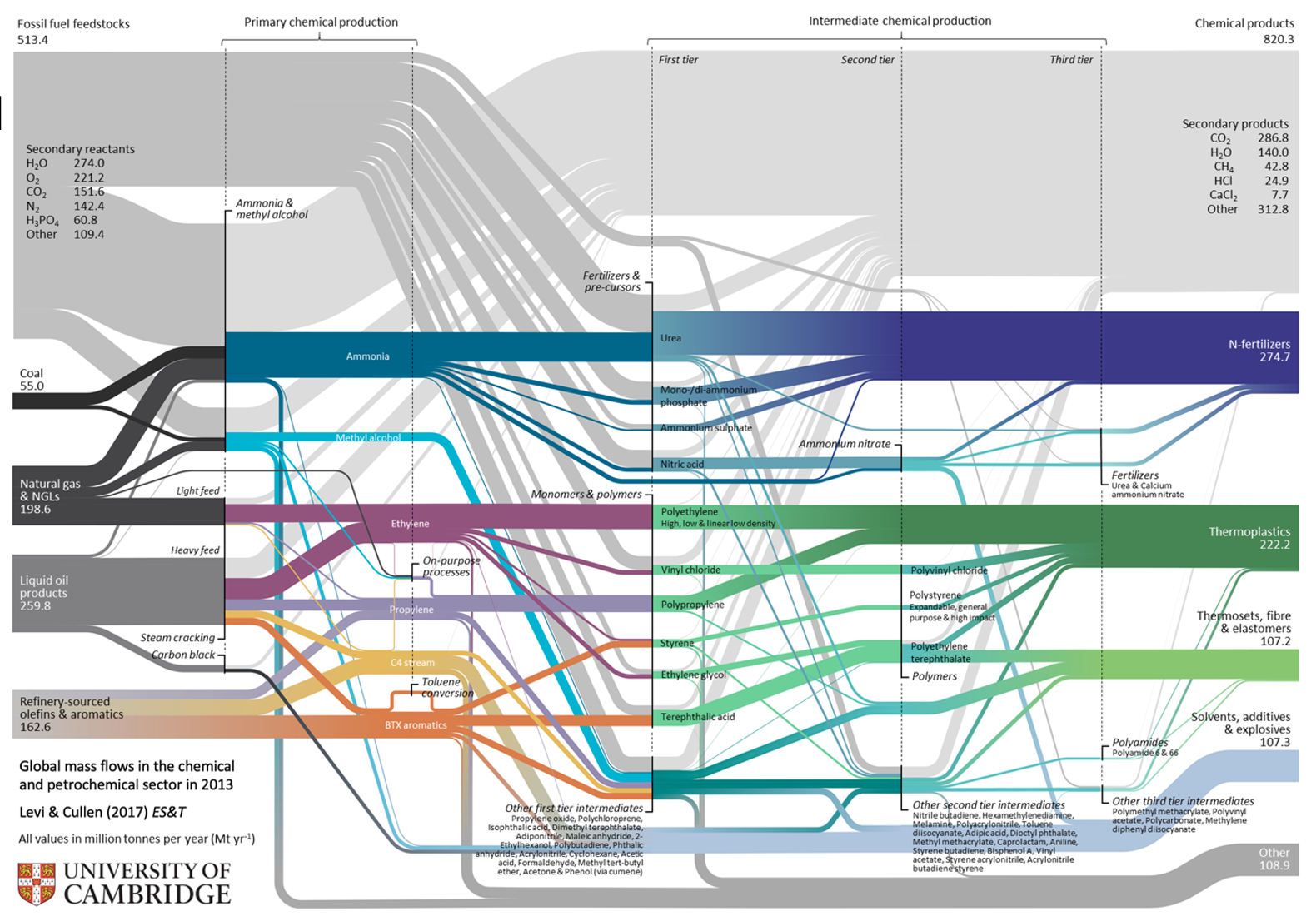
Global mass flows in the chemical and petrochemical sector in 2013, Levi & Cullen (2017) ES&T
Other examples include mapping the material flows of common plastic polymers from production to end use in the UK to predict future demand and waste generation in ‘What to Do About Plastics?’, and the UK Aid funded Climate Compatible Growth project that brings together multiple academic institutions to support the development of sustainable energy and transport systems in the Global South.
When asked about the future of climate related research and what he’s excited about, Jonathan readily replied, “the advancement of computational techniques.” Specifically, he’s excited about “the advancements of Machine Learning and uncertainty analysis in data aggregation and collection which allows access to vast quantities of data.” With information about how materials are made into products and what energy is used, the related emissions and environmental impact can be better understood, leading to real opportunities for change. Leveraging these computational developments to improve resource efficiency and reduce the environmental impacts of energy and material services is the mission of Jonathan’s research group, Resource Efficiency Collective.
When he’s not thinking through big ideas with a student, lecturing, or writing grants, Jonathan enjoys walking his Rhodesian Ridgeback, Baxter, drumming in various bands and listening to jazz on vinyl with his family.
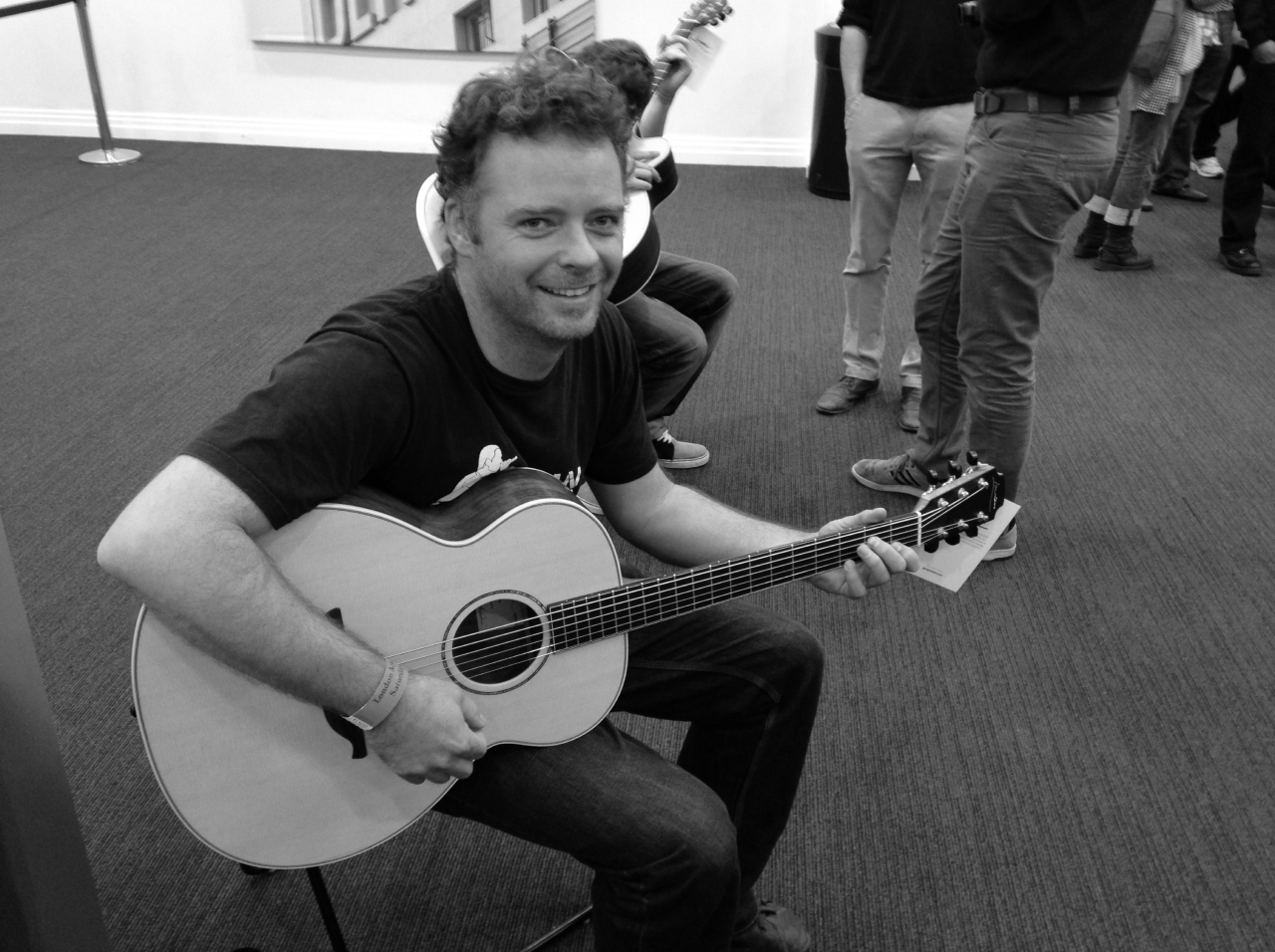
Jon playing guitar — 2014

Jon’s dog, Baxter

Street in Cambridge
chp. 5:
Resource Efficiency Collective
Bringing Scientific Rigour to Environmental Strategy
In September 2015, two years after Jonathan began his lectureship, he held the first meeting of his new research group, Resource Efficiency Collective (commonly referred to as Refficiency). The meeting began with lunch and then transitioned to a discussion about interesting journal papers and blog posts for the new website. Peter Levi and Ana Hernandez Gonzalez were both at that first meeting. While both have since left the halls of academia, they continue to work in alignment with the group’s mission: Peter as Industry Lead for the Energy Technology Policy Division at the International Energy Agency in Paris, and Ana as the Director of Sustainability at Emerson. Refficiency alumni are scattered around the world and work in start-ups, industry, government, and academia.
The researchers in Refficiency seek answers to a challenging question:
How can we deliver future energy and material services, while simultaneously reducing resource use and environmental impact?
The work of the group centres around resource efficiency, resource analysis, and systems thinking. Resource efficiency provides a way to link emissions to people by considering the relationship between the resource inputs and the useful outputs produced. Resource analysis is the key to making sense of the vast network of available data by understanding the system structures the data sits on. To understand a complex phenomenon such as climate change, it is helpful to focus on systems. A system is a set of parts which, when combined, have qualities that are not present in any of the parts themselves, but instead are the emergent properties of the system. Researchers at Refficiency are increasingly concerned with complex systems and how the inner parts of the system interact with each other and with the outside world. The relationship between these parts determines how the system behaves.
Find out more
Resource Efficiency Collective
Refficiency
Find out more
Peter Levi
Find out more
Ana Hernandez Gonzalez
Refficiency specialises in bringing scientific rigour to environmental strategy, translating research from science to practice, and identifying the root of the issue to deliver the goods and services people need with less environmental impact. Refficiency is technologically ambivalent, and not bound to one particular technology or modelling approach. The collective also prioritises visualising and mapping complex systems to enable the research translation necessary to understanding the impact of interventions on that system.
“Initially, I started the group as a kind of experiment to see if a group could work in a less competitive and fearful environment, and still produce good research,”
said Jonathan about the group’s collaborative and positive culture. As a gender balanced, multicultural, and multidisciplinary collective with a flat hierarchy, Refficiency prioritises collaboration within and beyond the group to conduct research motivated by the climate emergency. Jonathan is a strong believer that co-creating delivers better results in the context of complex systems problems like climate change, than “reductionist, siloed engineering which can’t solve the types of problems we work on.” For this reason, the ethos of Refficiency is to produce excellent research in a supportive learning environment that encourages creativity and experimentation. Each person is valued holistically and their unique contributions are respected. Jonathan is adamant that inspiration should be the driving force for academic research. He shares,
“I don’t want people in my group to be driven by fear or ambition; I want them to be inspired to think creatively and do good research that is impactful,”
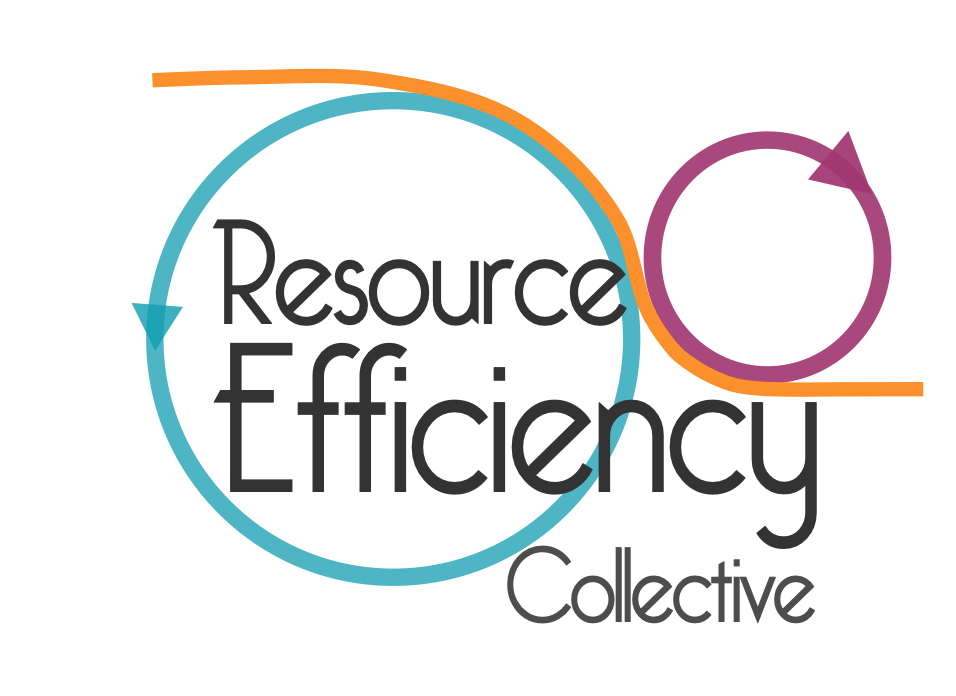
Original Refficiency logo
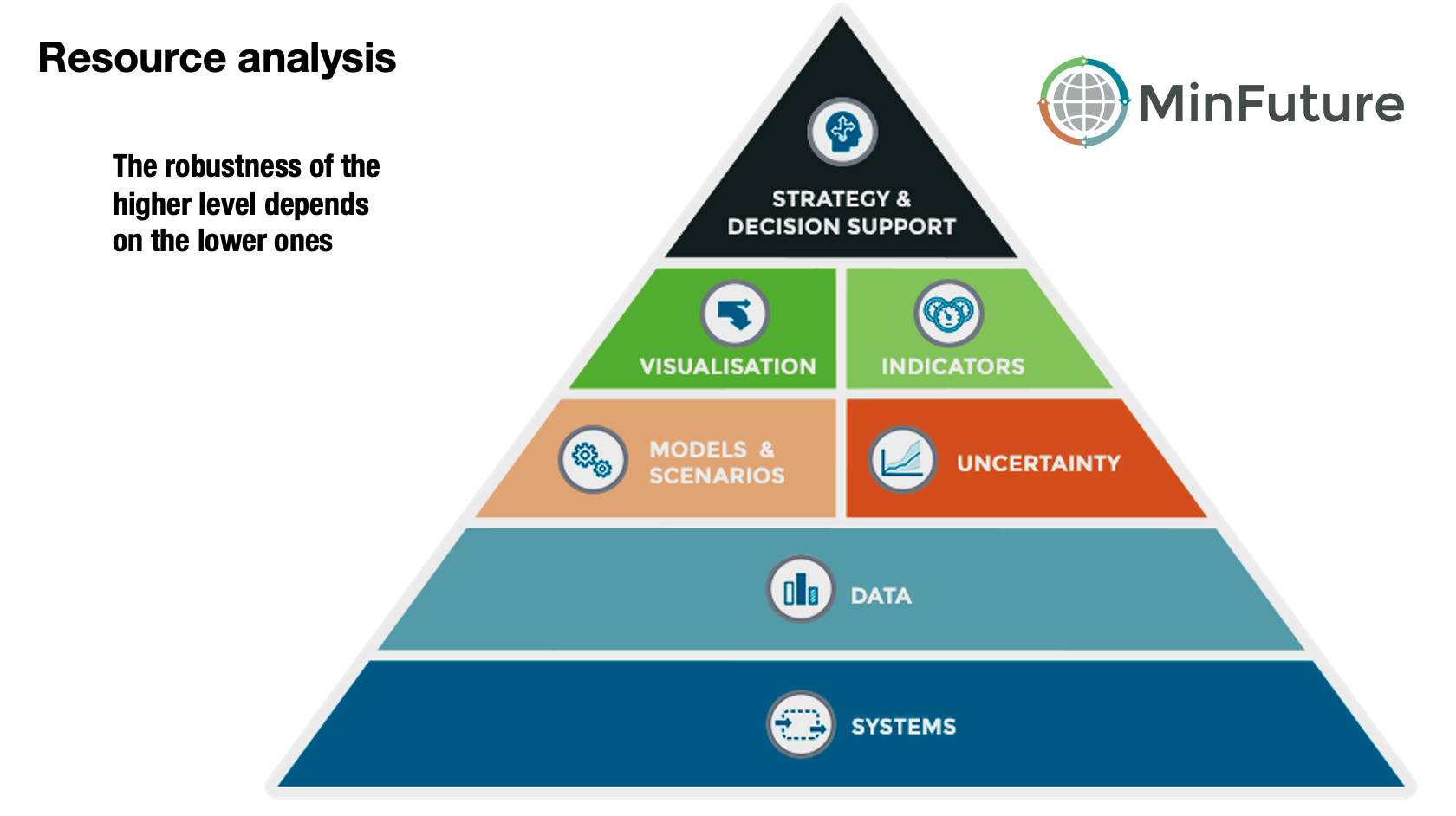
Graph: MinFuture (2019), Resource Efficiency Pyramid, Available at: https://minfuture.eu/ (accessed 7 February 2025)
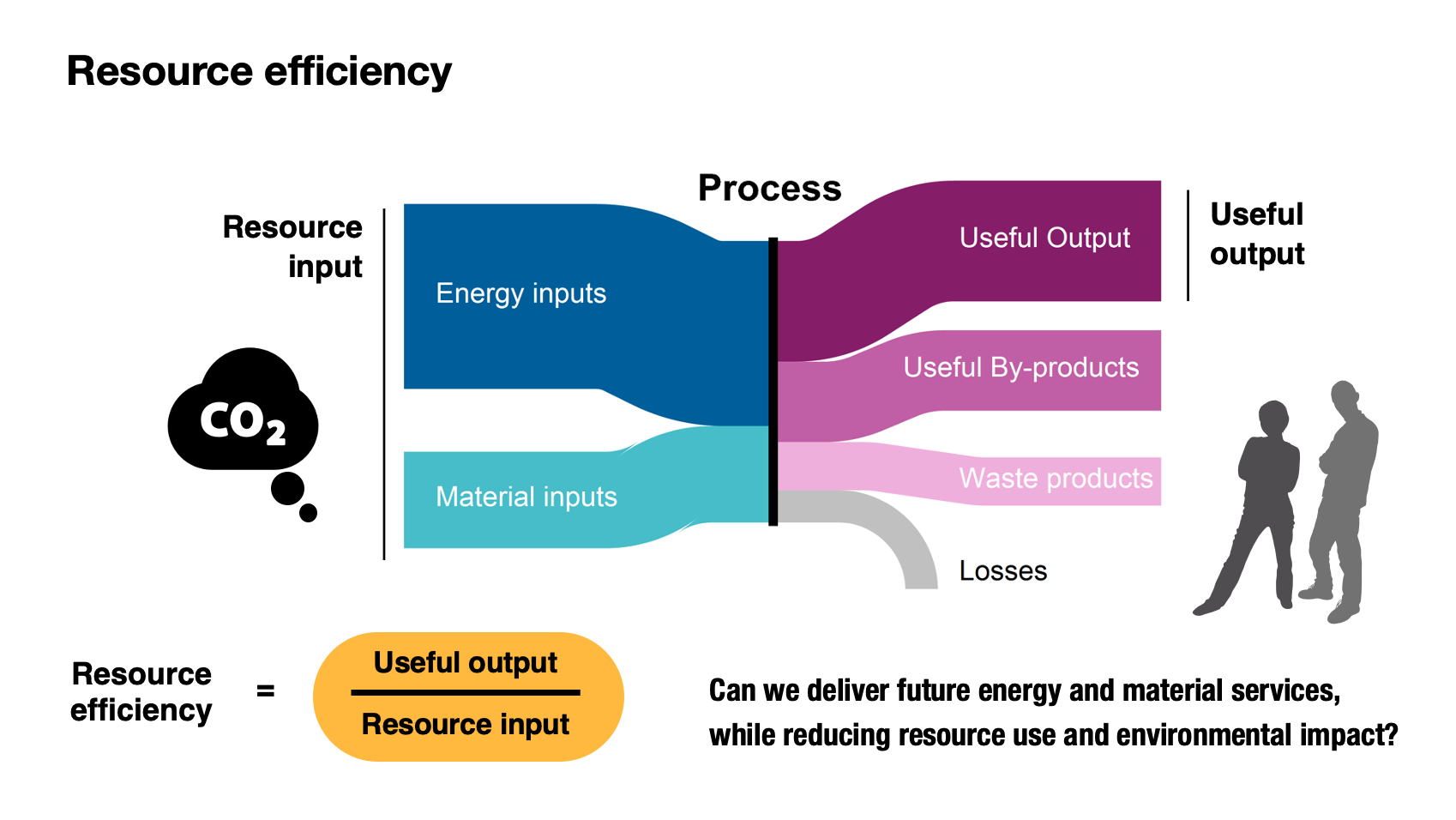
Graph: Resource Efficiency Diagram
Resource Efficiency Collective
Motivation
Author, Pub. Date
Climate change
Scope
Author, Pub. Date
Global, regional, country, company, facility, technology
Sectors
Author, Pub. Date
Industry (steel, aluminium, glass, ceramics, paper, chemicals), Buildings (commercial, residential), Transport (vehicles, roads)
Lifecycle stages
Author, Pub. Date
Mining and extraction, material production and manufacturing, use phase and stock accounting, recycling/reuse
Tools
Author, Pub. Date
Material flow analysis, life cycle assessment, techno-economic analysis, machine learning (graphs, RL, inference), visualisation and communication
Funding
The numbers indicate the total funding received for the projects, what Jon and Refficiency get is only part of the total
C-THRU
Carbon clarity in the global petrochemical supply chain, 2020-24, V. Kann Rasmussen Foundation
US$4M
BuildZERO
Transforming the UK’s buildings for zero material extraction, zero carbon & zero waste, 2024-29, EPSRC
£7.5M
TransFIRe
Foundation Industries Research and Innovation Hub, 2021-24, UKRI
£4.7M
UK FIRES
Locating Resource Efficiency at the heart of Future Industrial Strategy in the UK, 2019-24, EPSRC
£6.3M
S2uPPlant
Smart Sustainable Plastic Packaging from Plants, 2021-24, NERC
£1M
CCG
Climate Compatible Growth, 2020-2030, Foreign, Commonwealth & Development Office
£95M
Quotes from the team
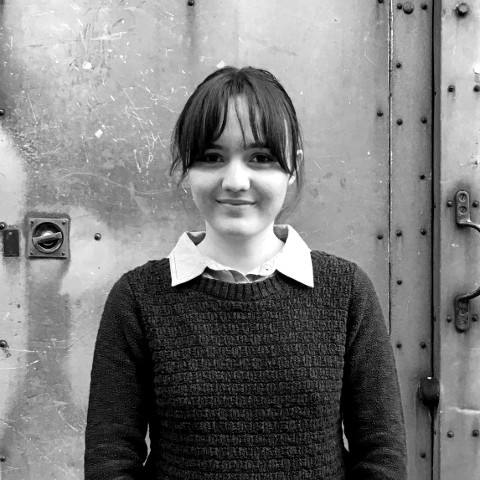

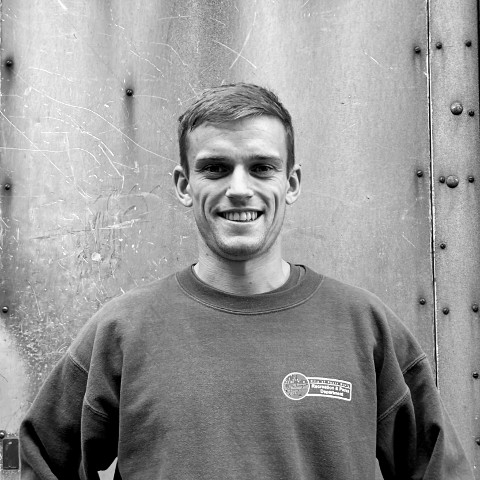
Refficiency has hosted a number of PhD students and Research Associates over the last decade. There are too many to highlight, so here are just a few. Like Peter and Ana, who have moved on from academia, Leo Paoli now works at the International Energy Agency, Mateo Craglia works as a transport analyst and modeller at the International Transport Forum; Harry Michalakakis works in government as the lead energy technical advisor at the UK Department of Energy Security and Net Zero. A number of Jonathan’s students and Research Associates stayed in academia: Samantha Islam is now a University Lecturer in Engineering for Net Zero at the University of Manchester; Karla Cervantes Barrón works as Senior Research Associate for Climate Compatible Growth; Michel Drewniok works as University Lecturer in Civil Engineering at the University of Leeds; André Cabrera Serrenho is an Associate Professor in Engineering, Environment and Sustainable Development at the University of Cambridge; and Fanran Meng is University Lecturer in Sustainable Chemical Engineering at the University of Sheffield.
I asked Jonathan what he envisions for Refficiency’s path forward,
“we need a new type of researcher,” he said, “one that is holistic and multidisciplinary, and is able to consider the wider social and economic challenges, while still understanding the technical possibilities.”
While we have the technical solutions to solve climate change, we need the political and social landscape to deploy the solutions fast enough at scale. One such opportunity is Neutreeno, a startup that leverages research conducted at Refficiency over the last 15 years to measure Scope 3 emissions and identify decarbonisation options in business supply chains. “I’m excited about Neutreeno,” said Jonathan, “it’s an opportunity to deliver real impact from the ideas we’ve developed, and deploy these into some of the largest companies in the world and their value chains”.
As for the future, Jonathan thinks resource efficiency is still the cheapest and most immediate and scalable way to reduce emissions. He notes,
“we won’t be able to decarbonise energy and material production quick enough without it.”
Jonathan hopes that in 10 years time more academics in engineering schools will be prioritising their research on real solutions to reduce emissions, and address the climate crisis.
“We have to exploit the creativity and power of working in collaborative cross-disciplinary teams and from different cultural backgrounds if we are going to make substantial progress,”
says Jonathan.
18,361 km from Tauranga, New Zealand and several decades since he set foot in Canterbury University to study engineering, Jonathan finds himself in Cambridge where he and Refficiency are now a well-established collective who conduct robust research to impact environmental strategy. The product of Jonathan’s journey to Cambridge, via Peru, has been one of seeing with new eyes, breaking the status quo, and leading by inspiration, rather than fear, to do good work out of love for people and the planet.
Meet the team
Students interested in studying at Cambridge and working with Jonathan should be motivated by the climate emergency, want to use their technical skills to make an impact, and be willing to contribute to the positive, collaborative, and multidisciplinary Refficiency group culture. Interested students should email Jonathan at jmc99@cam.ac.uk with their CV and research proposal. For information about Cambridge admission, see here and here.
Written by Lihani du Plessis, PhD researcher in the Resource Efficiency Collective.
Designed by New Rhythm Design.
